By Manzanillo Sun Writer from the December 2015 Edition
As a master’s student I selected a class in short story primarily because it was in those days that I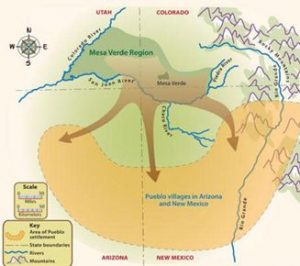 discovered an interest in writing. In keeping with my goal of a complete education in American History, I selected my short stories in an area where it could be applied to that both my majors.
discovered an interest in writing. In keeping with my goal of a complete education in American History, I selected my short stories in an area where it could be applied to that both my majors.
One of these stories focused on Tombstone, Arizona, and told of an old oriental gentleman employed as a dishwasher during the 1800’s. This particular story tells of this little man taking a break and wondering down the street while being observed by the restaurant owner. The owner records the old guy stopping and talking with some Indians he assumed to be Apaches. When he returned, the owner made that statement the he wasn’t aware that the old guy spoke the Apache language. The old Asian told the owner that he didn’t speak Apache. He said they were speaking a dialect of an Asian language and that sparked my interest. I couldn’t help myself and found several references alluding to the fact that there is or was a dialect of Chinese which was the same as the Apache language. Because of time restraints I had to leave it alone with just a quick statement in some paper I turned in based on that short story.
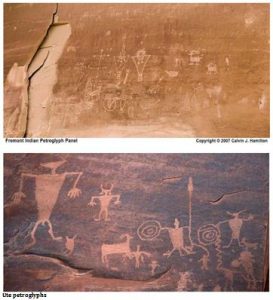 Thirty some years later Freda and I found ourselves driving through Utah in our RV wondering why anyone in that state would name a town ‘Aztec.’ I had looked into the southern migration of the Aztec to find an eagle eating a snake while sitting in a cactus when I first started my Aztec Mythology series in the Manzanillo Sun. This was the sign to the Aztec that they had travelled far enough as they migrated south. It was found on an island in the middle of a swampy lake named Texcoco. In 1325 the Aztecs built Tenochtitlan, what was to become Mexico City. But where did these Aztecs come from?
Thirty some years later Freda and I found ourselves driving through Utah in our RV wondering why anyone in that state would name a town ‘Aztec.’ I had looked into the southern migration of the Aztec to find an eagle eating a snake while sitting in a cactus when I first started my Aztec Mythology series in the Manzanillo Sun. This was the sign to the Aztec that they had travelled far enough as they migrated south. It was found on an island in the middle of a swampy lake named Texcoco. In 1325 the Aztecs built Tenochtitlan, what was to become Mexico City. But where did these Aztecs come from?
The short answer to that question is ‘Aztlan.’ It means “A place of Egrets” or “A place of Whiteness.” Aztlan is a lake with seven cities or caves.” Now as to where Aztlan is or was is where Utah enters the picture, at least according to some. I was perfectly happy with Aztlan’s placement in south eastern Arizona or western New Mexico until I came across all this Utah stuff.
The Aztecs had a written language of sorts and kept everything historical in picture books including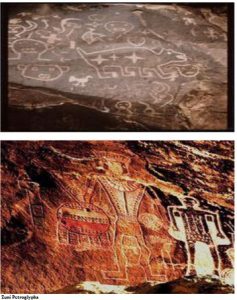 their migration south. The problem with this is that they were either destroyed in 1433 by the Aztec Priests possibly in an attempt to keep the people from turning back. That reminds me of what Cortez did to his ships for the same reason. Or in the 1500’s by Catholic Priests who followed Cortez around converting the Aztec while thinking that all the books were devils worship. Some survived, were rediscovered and translated to become the Aztec Codex’s.
their migration south. The problem with this is that they were either destroyed in 1433 by the Aztec Priests possibly in an attempt to keep the people from turning back. That reminds me of what Cortez did to his ships for the same reason. Or in the 1500’s by Catholic Priests who followed Cortez around converting the Aztec while thinking that all the books were devils worship. Some survived, were rediscovered and translated to become the Aztec Codex’s.
A paragraph extracted from an article written by Tim Sullivan in the Salt Lake Tribune published on November 17, 2002, titled “Bits Of History Suggest Utah Is Location of Mythic Aztlan” reads: “After the Spanish conquered the Aztecs in the early 16th century, they began studying the Aztecs’ origins. Francisco Clavijero, a Jesuit priest, in 1789 deduced that Aztlan lay north of the Colorado River. Other Mexican, European and American historians put Aztlan in the Mexican state of Michoacan, Florida, California, even Wisconsin. Many others deny it ever existed. But perhaps the most widely accepted historical location of Aztlan is that proposed by historian Alfredo Chavero in 1887. Retracing Nu-o de Guzman’s 1530 expedition north from the Valley of Mexico, Chavero deduced that Aztlan was an island off the coast of the Mexican state of Nayarit called Mexcaltitlan.” Still others don’t believe that Aztlan ever existed at all.
So what’s in Utah that would lead people to believe that the Aztecs started their migration there? First of all it could have been from the Zuni Indians of Utah, Colorado and northern New Mexico and Arizona.
Anthropologists have understood the Zuni to occupy a special place in Native American culture and ethnography. Their language, religion, and blood type are startlingly different from all other tribes. Most puzzling, the Zuni appear to have much in common with the people of Japan. Did a group of thirteenthcentury Japanese merge with the people, language, and religion of the Zuni tribe considering that the Zuni language is distinct and is considered a language isolate at least 7,000 years ago? Dr Nancy Yaw Davis on the University of Utah thought so and published on that enigma suggesting that a Japanese religious quest for the ‘middle world’ of Buddhism brought them over the Pacific into the Zuni lands. It’s an interesting theory until you start to match up the dates involved. Buddhism officially didn’t hit Japan from China until 339CE yet the Zuni people were part of this portion of the American South West for over 7,000 years. Dr. Davis’ theory had this religious quest take place in the 13th century which was about the time that modern Buddhism was taking hold in Japan.
That Other Indian Tribe in the Area: The Ute were never a unified tribe. The largest known groups were the: Capote, Moache, Moanumts, Parianuche, Taviwach, Weeminuche, Yamperika, Uintah, Uinta, Uncompahgre, and White River. The original homeland of the UtoAztecan languages is generally considered to have existed along the border between the United States and Mexico. While the different spinoff tribes migrated to other areas the Aztecs went south. The Ute have no tradition or evidence of historic migration to the areas now known as Colorado and Utah and ancestors of the Ute appear to have occupied this area or nearby areas for at least a thousand years.
Both groups of Indigenous people can boast of Aztec petro glyphs and other various pieces of ‘evidence’ throughout Utah and western Colorado that the Aztec started their migration south from this area and as such could very be the birth place of the mighty Aztec Nation.
The purpose of this article was to give a very brief introduction of the efforts to place Aztlan by some of today’s scholars. It is not the end all, know all, documentation of conclusive evidence but, that sort of speculation is out there for those who would care to search.
Download the full edition or view it online
Manzanillo Sun’s eMagazine written by local authors about living in Manzanillo and Mexico, since 2009


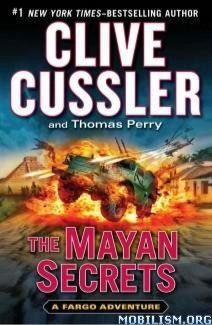
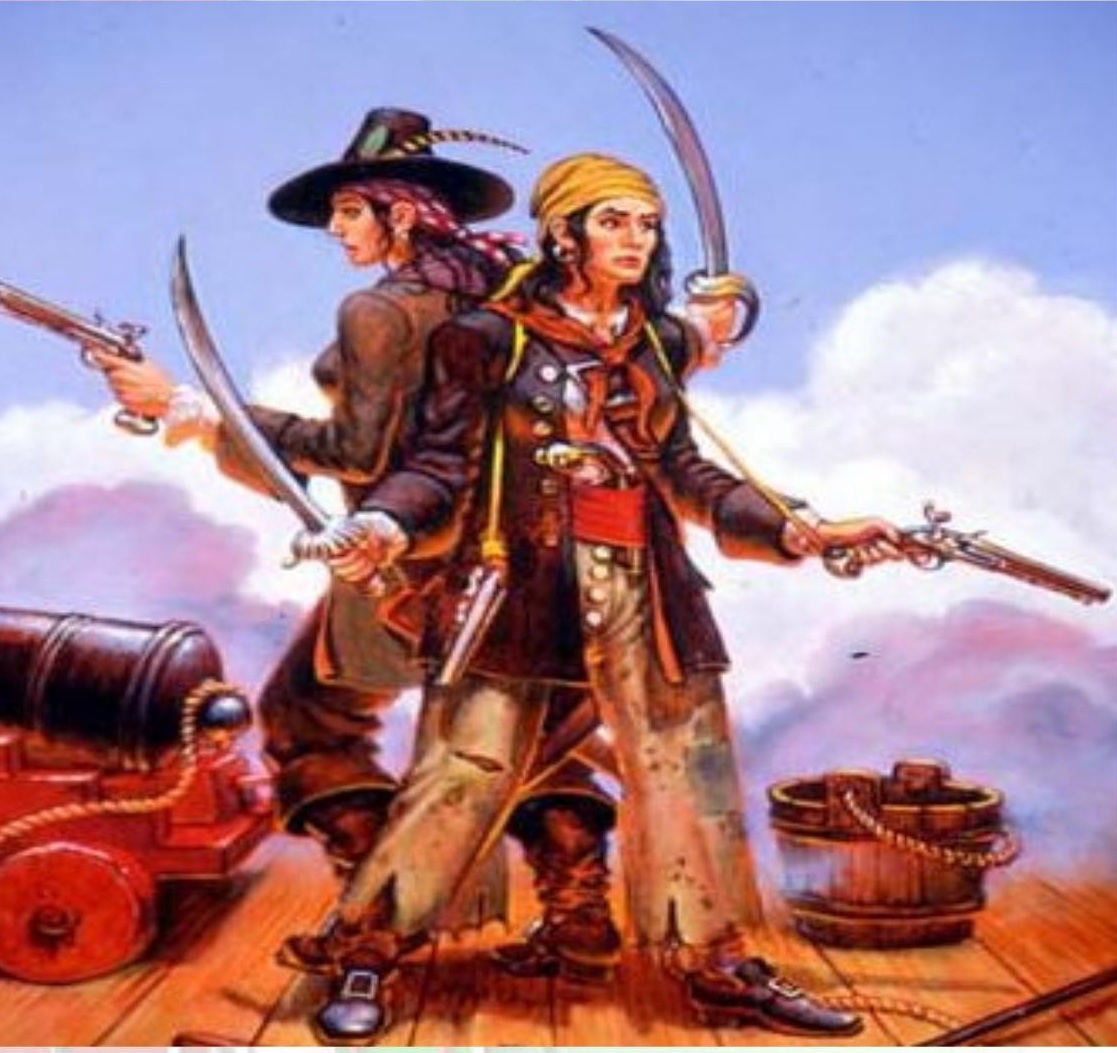

You must be logged in to post a comment.